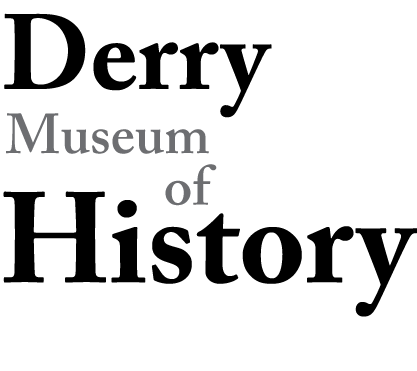Bringing Electricity to Derry
The Derry Electric Light Co. was organized on September 21, 1891. Originally, its offices were in the Bartlett Block on East Broadway and its generating plant was located on Maple Street.
In 1900 it was reported that “the Company has increased the capacity of the plant with the growing demand, and at present furnishes power for 53 arc, 16 series, and 2,300 installed incandescent lamps, and also as a means for propelling the cars of the Chester & Derry Railroad”.
Electric street care for the Chester & Derry line.
The townspeople used to be able to sit at home evenings and by watching the rise and fall of electric lights, could tell how far the Chester & Derry trolley had progressed in its climb up East Derry hill (being its steepest section on the way to Chester).
By 1910, the Chester & Derry Trolley Line switched to using the Manchester Traction Light & Power Co. for its power source. This was the same company used by the Manchester & Derry Street Railway. The C&D Trolley brought employees to work at the shoe factories and students to Pinkerton Academy during the week. On weekends, riders took the trolley to the Beaver Lake Pavilion for recreation.
Electric street Car of the Manchester & Derry railway line in downtown Derry (from the Museum’s postcard collection).
At the time of organization and for years to follow the Derry Electric Co. did not leave the power on all night. The diary of Rev. Jesse G. MacMurphy states: “Sept. 18, 1907. In the evening Mr. Haslam came in and Mr. Chase joined us. We played 500 until the lights went out (electric), then we lighted a lamp and finished the game at 12:30A.M.'' They did not begin to leave the power on all night until February 1, 1910.
The Derry Electric Co. operated until 1928 when it was sold to The New Hampshire Gas & Electric Co., which then merged with New Hampshire Public Service Co. in 1963.
Source: From Turnpike to Interstate 1827-1977: the 150 years of Derry, New Hampshire, published for the Town of Derry and researched and written by the Derry Historic Research Committee.


